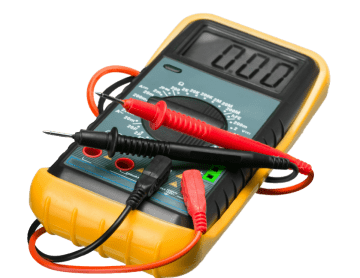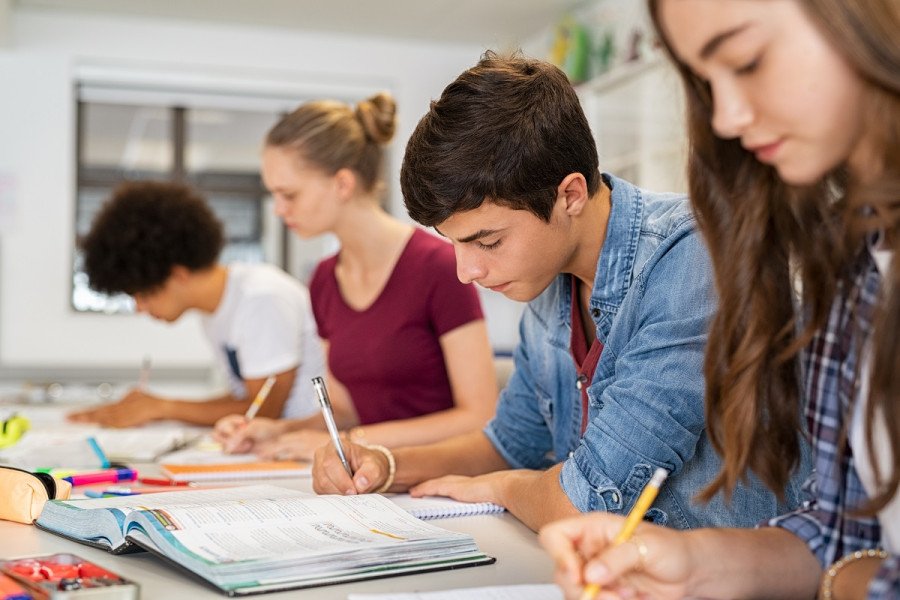Resistance
A demonstration of how current and voltage can be changed by creating series and parallel circuits with a variety of resistors.
- Grade 9
- 2 activities
- 1.7 hours

Big idea
Electric current is the flow of electric charge.
Learning objectives
Students will be able to:
- Determine resistance using current and voltage data
- Differentiate between series and parallel circuits using resistance values
- Demonstrate that the total resistance of a circuit increases when resistors are in series and decreases when resistors are in parallel
- Demonstrate appropriate lab safety and experiment procedures
Activities
BC curriculum fit
Grade 9 Science
Content
- Voltage, current and resistance
- Circuits
Curricular competencies
Questioning and predicting
- Demonstrate a sustained intellectual curiosity about a scientific topic or problem of personal interest
- Make observations aimed at identifying their own questions, including increasingly complex ones, about the natural world
Planning and conducting
- Collaboratively and individually plan, select, and use appropriate investigation methods, including field work and lab experiments, to collect reliable data (qualitative and quantitative)
- Select and use appropriate equipment, including digital technologies, to systematically and accurately collect and record data
- Ensure that safety and ethical guidelines are followed in their investigations
Processing and analyzing
- Seek and analyze patterns, trends, and connections in data, including describing relationships between variables (dependent and independent) and identifying inconsistencies
- Analyze cause-and-effect relationships
Evaluating
- Evaluate their methods and experimental conditions, including identifying sources of error or uncertainty, confounding variables, and possible alternative explanations and conclusions
- Describe specific ways to improve their investigation methods and the quality of the data
Applying and innovating
- Transfer and apply learning to new situations
- Generate and introduce new or refined ideas when problem solving
Communicating
- Formulate physical or mental theoretical models to describe a phenomenon
Assessments
Make sure that measurements are being taken from circuits that are set up correctly. Students will test for voltage/current in the circuits and note their calculations in worksheets. Building on their knowledge from the "Ohm’s Law" unit , students show their understanding of the relationship between current and voltage.
Background info
Any electrical component with electrical resistance restricts the flow of electrons in a circuit and transforms electrical energy into other forms of energy. Resistors can be used to control current or to provide a specific voltage and current to other components of a circuit. The total resistance of a circuit depends on the number of individual resistors and where they are positioned.
In this unit, students construct series and parallel circuits containing two or more resistors. They measure currents and voltages in different parts of each circuit and figure out the rules that explain these relationships.
It’s important that students use resistors with different resistance values. Using different resistors emphasizes how voltage and current changes in series and parallel circuits.



